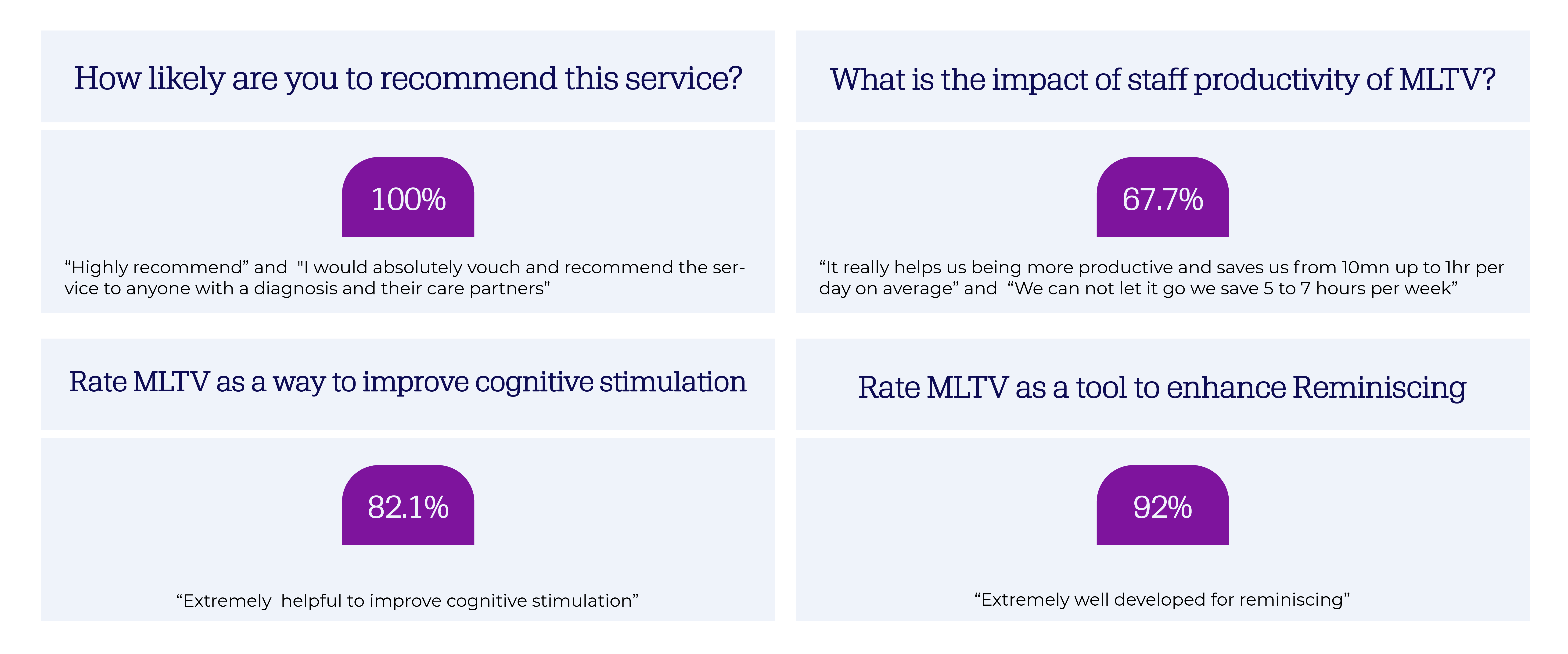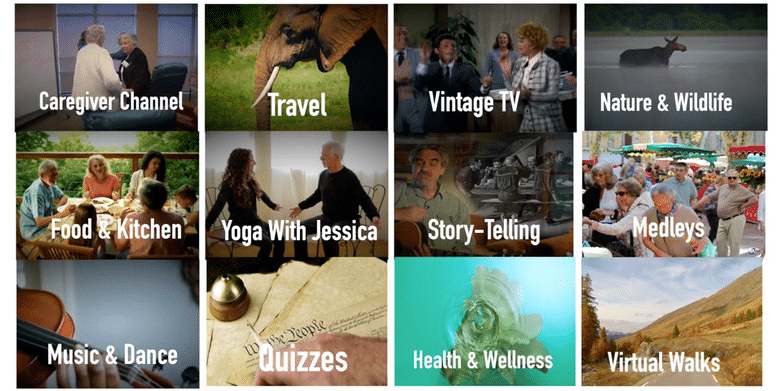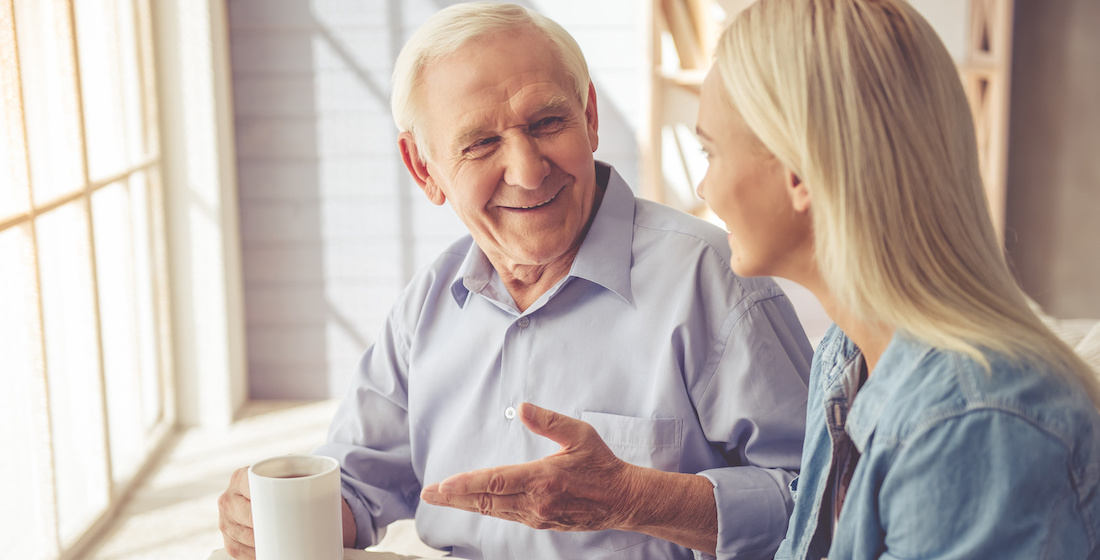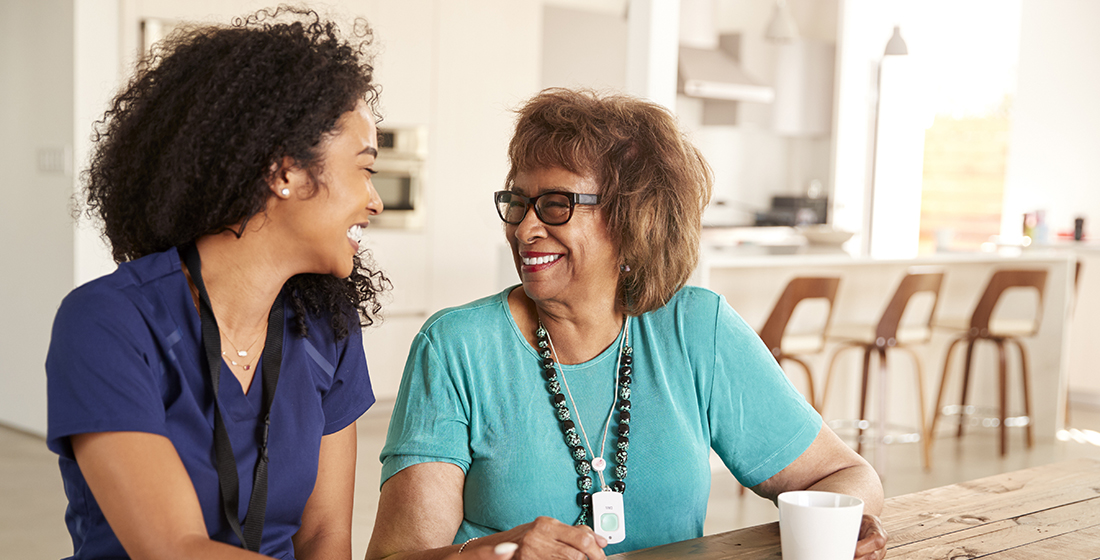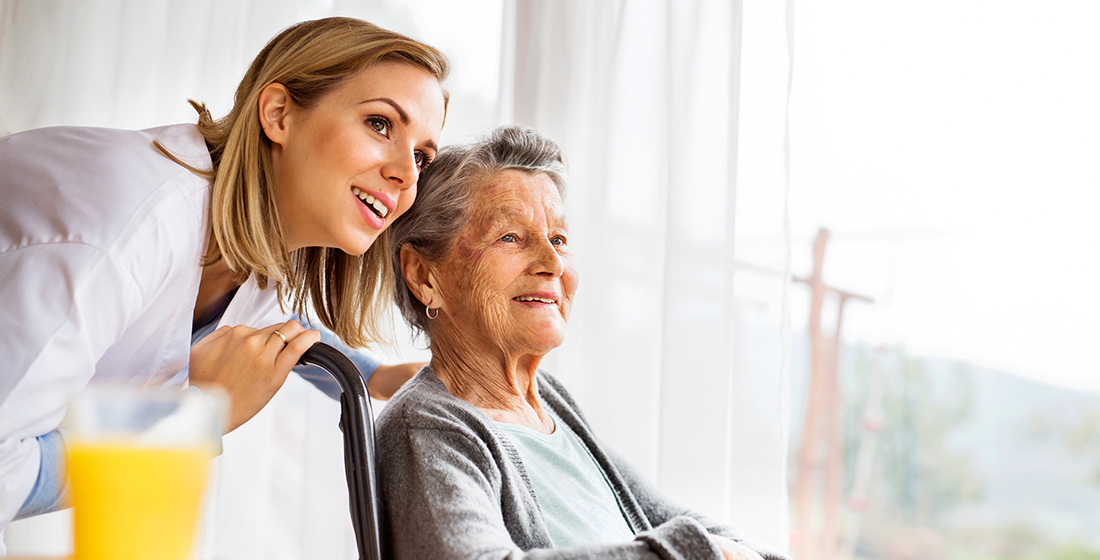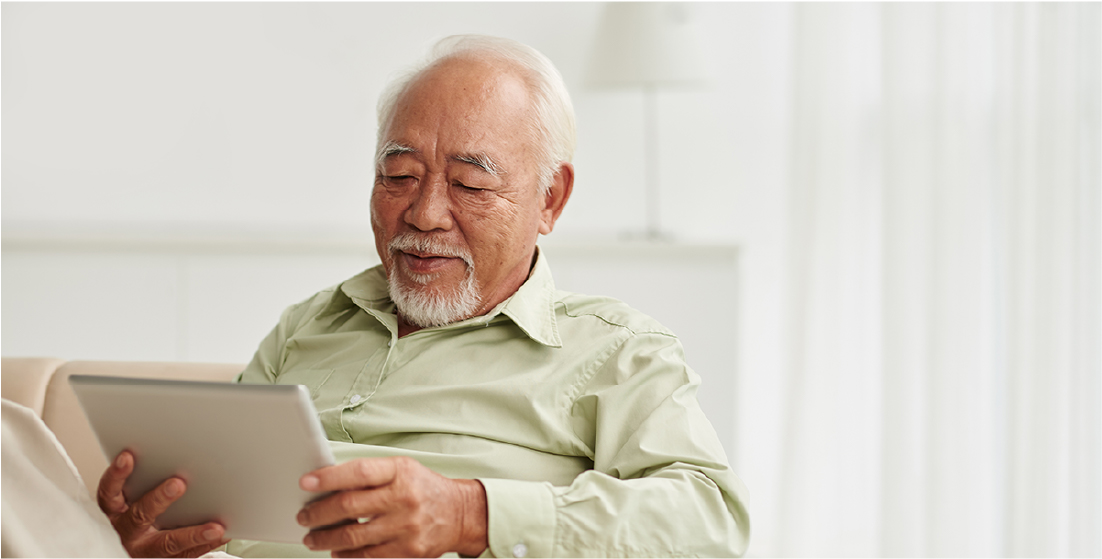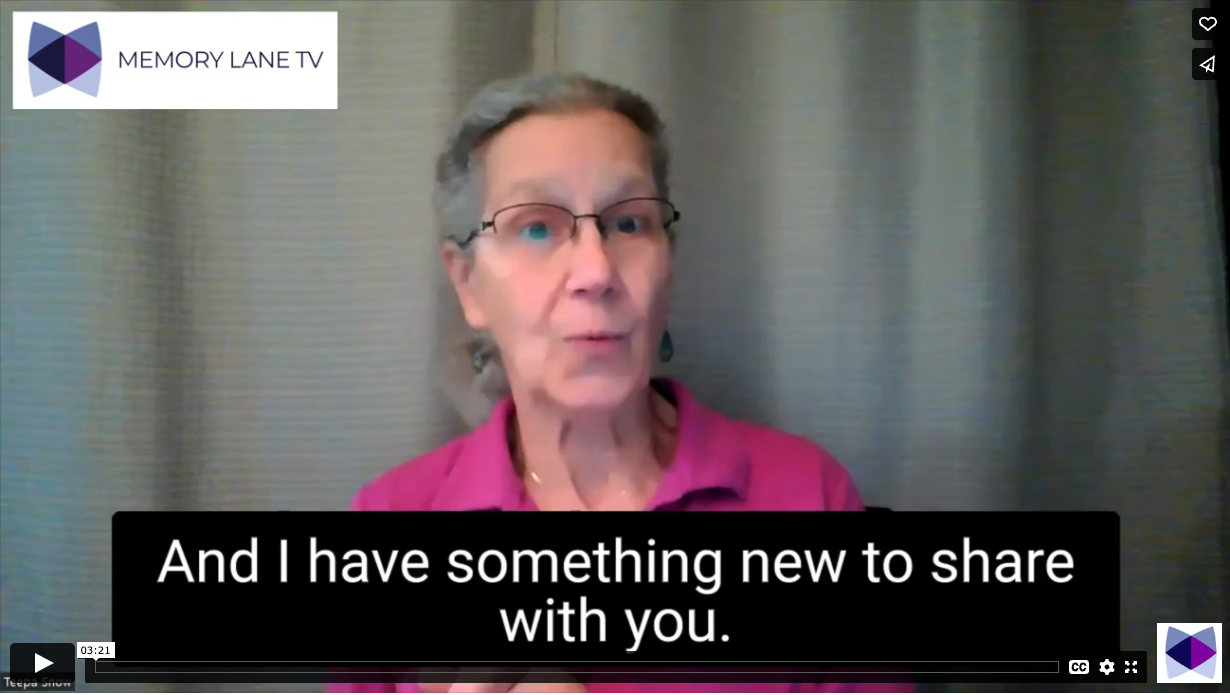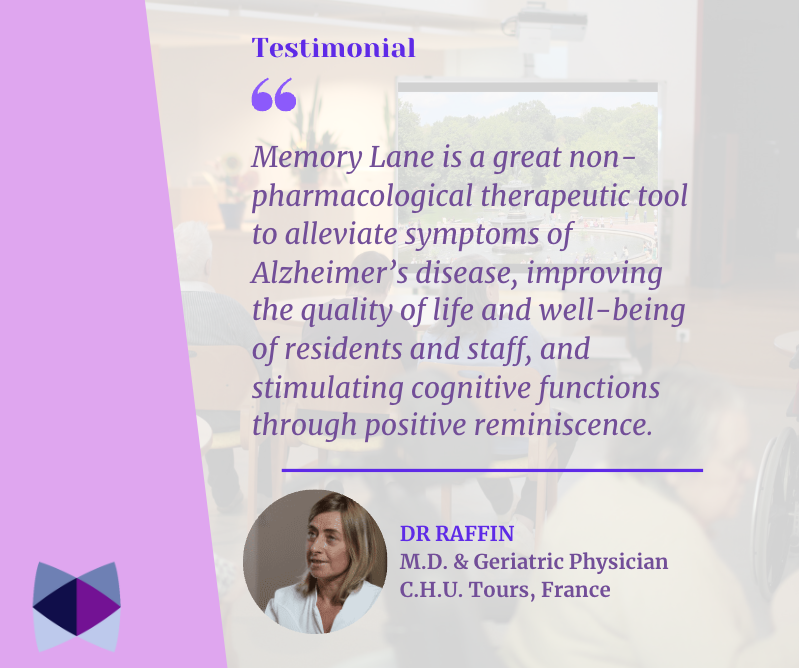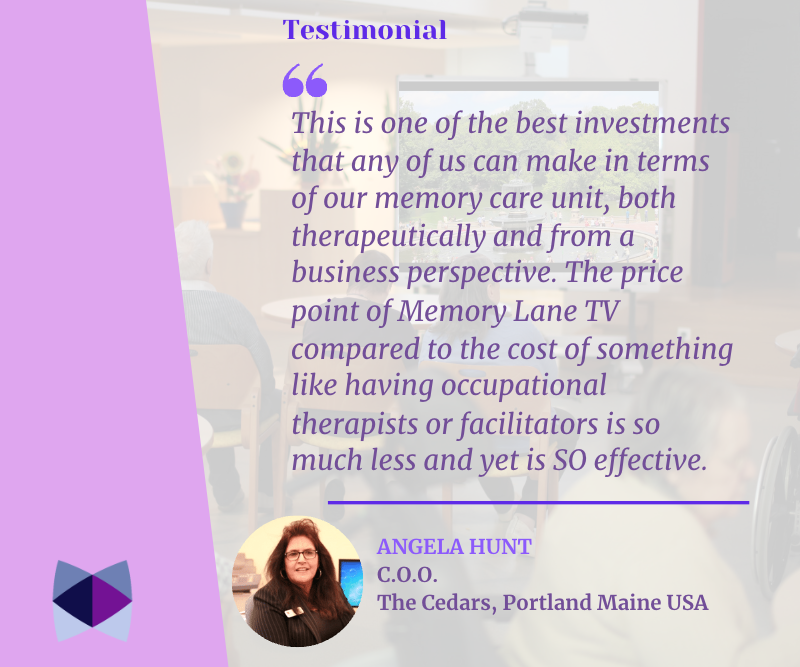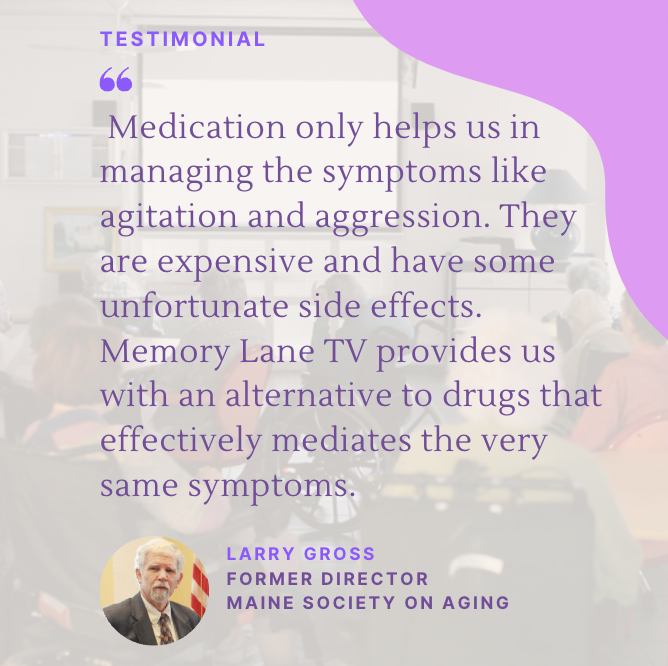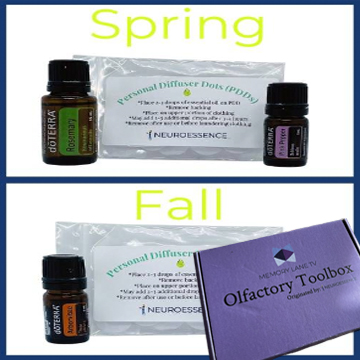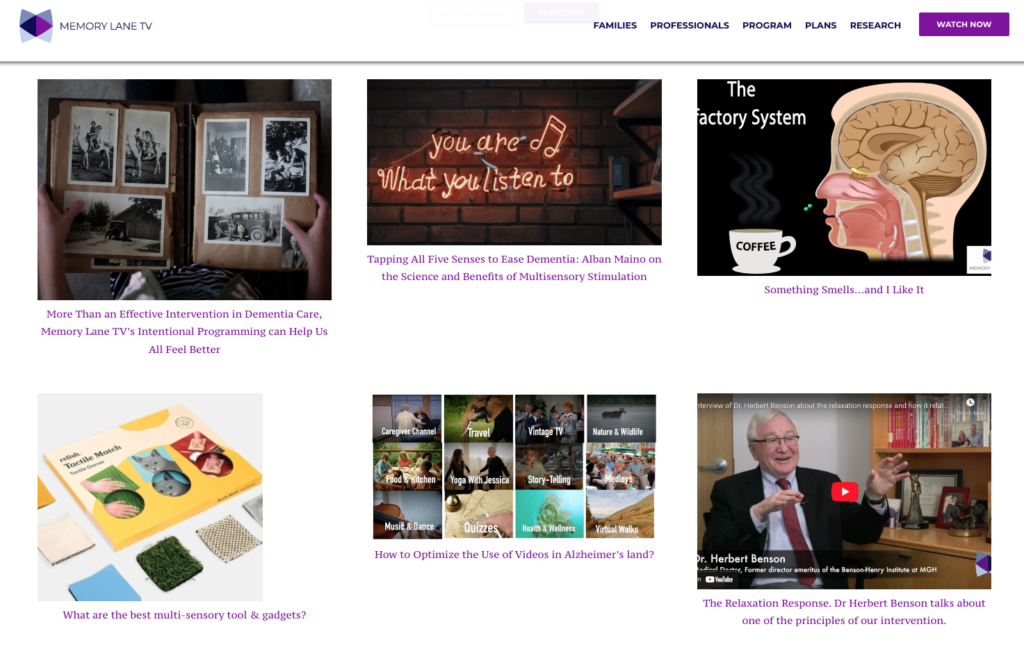
A multi-sensory and engaging series of programs
adapted for people living with memory loss and their care partners
For Families and Home Care Partners
Memory Lane TV helps finding new ways to communicate with friends and loved ones, and opens up whole new channels of interests and reminiscence of life events. Our in-the-moment, in-home programming provides multisensory mood and memory stimulation, respite, and connection throughout the day that can be personalized to individual interests and life experiences—including the time of day.
Television is not adapted for people living with memory loss and switching to a 24/7 linear channel or perusing our content “A la carte” to find the right programing for each user can be life changing.
For Professional Care Partners
Multi-sensory, positive, culturally diverse and person-centered, Memory Lane TV has been clinically tested in group care settings and is designed to make any care plan for dementia—and relationships between residents and caregivers—even better. Improve productivity and well being of residents through a simple quick with adapted programing.See how quickly, easily, and inexpensively your care team can access on-demand training and turn on Memory Lane TV using streaming and smart TV technology most assisted living and memory care facilities already have in place.
How to help someone with memory loss.
Coping with memory loss means learning to live in the moment, and Memory Lane TV makes every moment matter. Our relaxing videos and immersive, interactive multi-sensory experiences can create a sense of calm, connection, and wellness with the click of a button.
Backed by over 50 years of scientific research and compatible with any dementia care plan, Memory Lane TV is a simple, safe, and inexpensive way for families and caregivers to help someone with dementia lower anxiety and boost energy levels. Express emotions. Recall distant memories and relive past joys.
Learn more about our powerful, scientifically proven therapeutic programming and how it can be personalized for you or someone in your care.
Learn More

Following a plot is not the only way to find meaning.
The science behind sensory activities for people living with Alzheimer’s and other forms of dementia shows memory stimulation may actually work better when it is less linear. Like guided meditation, Memory Lane TV’s positive, plot-free programs unfold organically in a carefully calibrated blend of music, images, and multi-sensory stimulation designed to transform worries into wonder, frustrations into fascination, and confusion into creativity. Turn on Memory Lane TV
Watch our 24/7 Pre-programed TV or Choose Your Content
*These findings resulted from an analysis of feedback obtained from approximately 500 test users across multiple test sites in the US and France during our clinical product development & testing phase. The data have not been evaluated by the US FDA.
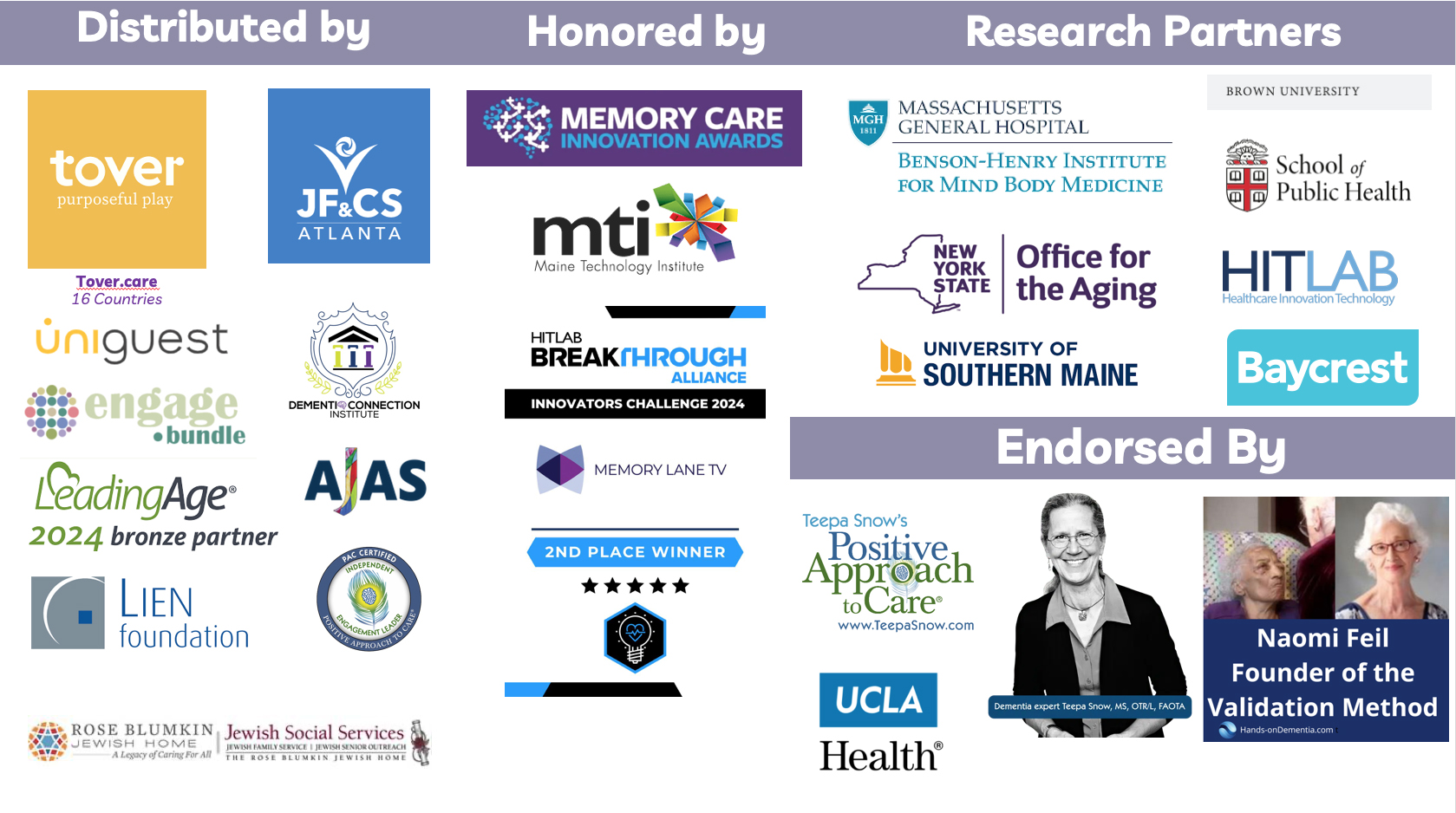
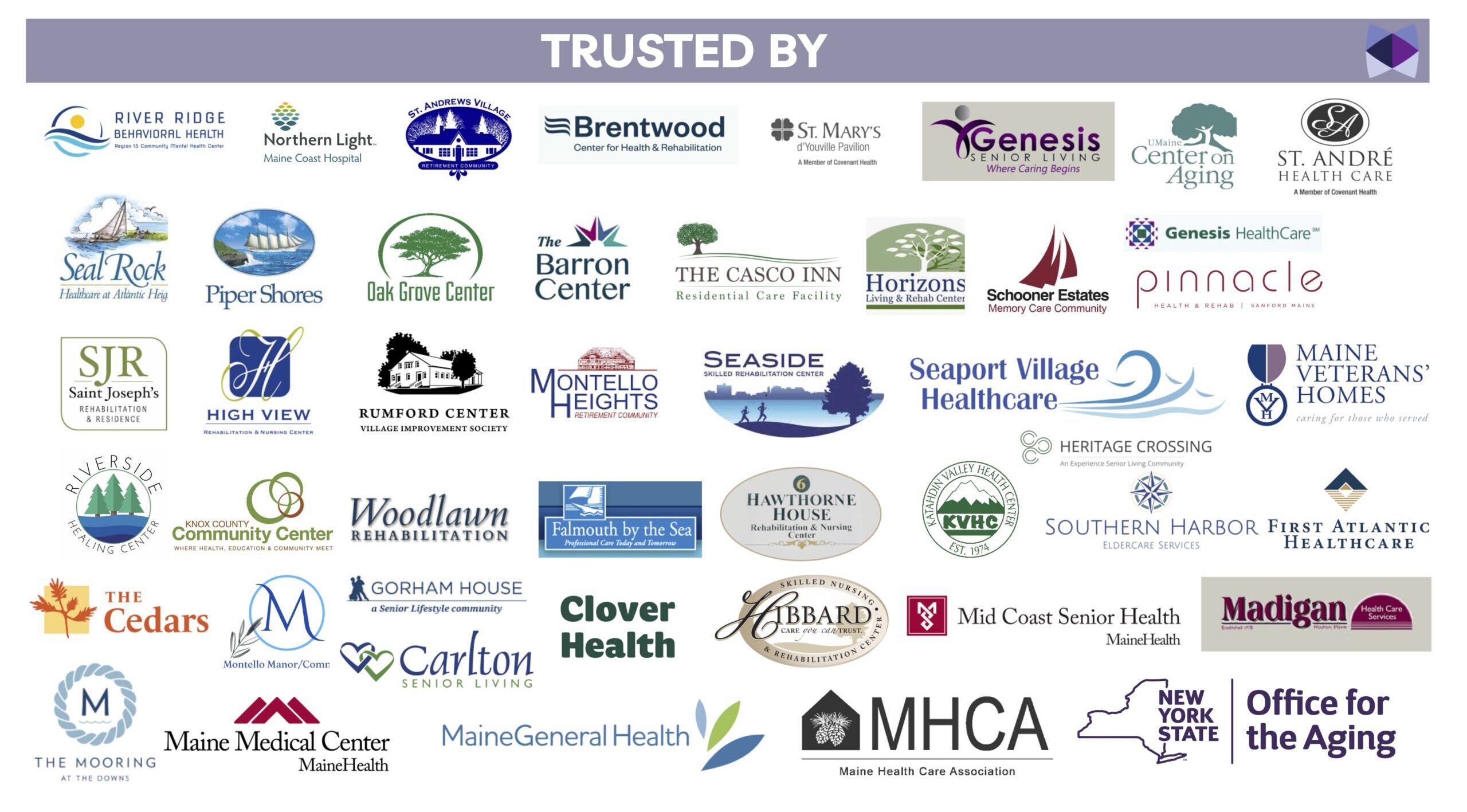
Helping families care for someone with memory loss.
Real respite, mindful moments, and positive emotions are just a click away. Memory Lane TV uses technology already found in most homes and adult care communities, works for individuals and for groups, and requires no specialized training or complicated setup to use. Start a risk-free subscription and see how Memory Lane TV can help you resolve conflict, find respite, restore daily rhythms, manage symptoms, and much more.
- Access to more than 300 hours of positive, plot-free, multisensory programs
- New content added each month
- Playlists customized to personal preferences, abilities, cultures, and interests
- All Day Play broadcast channel calibrated to your time of day
- Caregiver training materials
- [ extra ] Personal photos and videos
- [ extra ] Engage the sense of smell with integrated Olfactory Stimulation aromas
- 30 Days Money-Back Guarantee
- Olfactory Stimulation Activation
- Our Program
- Our Research
- Our Pricing
Olfactory Stimulation Activation
The sense of smell is one of the most powerful ways to trigger memory activation via sensory stimulation. There are also therapeutic benefits, specifically with regard to some of the behavioral symptoms associated with Alzheimer’s and other forms of dementia, that aroma-based stimulation can achieve. We have designed our Memory Lane TV solution from its inception to be multi-sensory, to maximize the benefits achieved from stimulation of as many senses as possible in a coordinated, harmonized way.
We have paired much of the content with proven aroma scents to enhance the experience and therapeutic benefits for the person living with dementia. Most people will experience even greater benefit with regard to managing behavioral symptoms when leveraging the reinforcing power of harmonized multi-sensory stimulation.
learn More
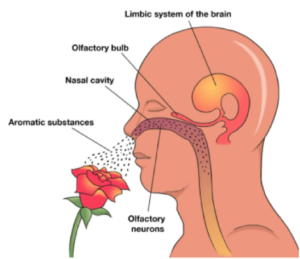
Our Program
Memory Lane TV is created by dedicated professionals sharing your journey.
We have loved ones experiencing memory loss and dementia. We know what dealing with dementia is really like and we have dedicated our work to designing a better way. Discover how Memory Lane TV works, browse our collection of multi-sensory experiences, see caregiver training materials, explore ways of personalizing the experience, and more.
learn More
Our Research
Who is it for?
Developed, tested, and refined in clinical care settings with residents and memory care professionals, Memory Lane TV is so much more than relaxing videos. It draws upon the very latest research in the understanding and treatment of Alzheimer’s disease and other forms of memory loss. Learn more about the scientific breakthroughs and digital therapeutics bringing better ways of living with dementia, like Memory Lane TV.
learn More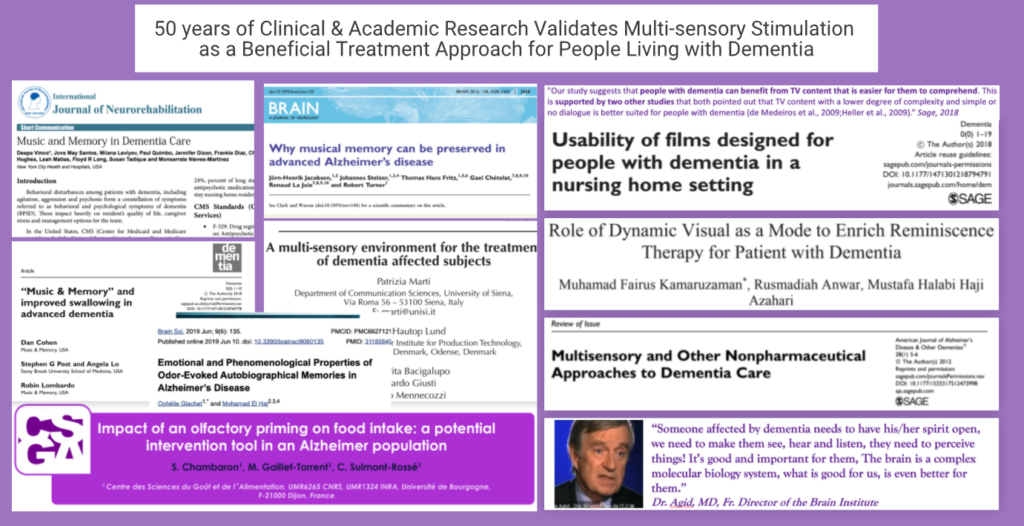
Our Pricing
Subscribe to Memory Lane
Memory Lane TV offers richer multi-sensory stimulations and more programming for less money. We made Memory Lane TV more affordable than other digital interventions to make sure it is accessible to as many families and memory care facilities as possible. Our subscription plans start as low as $7.99 per month, can be canceled at any time, and are as easy to use as pressing “play.”
Learn more about our plans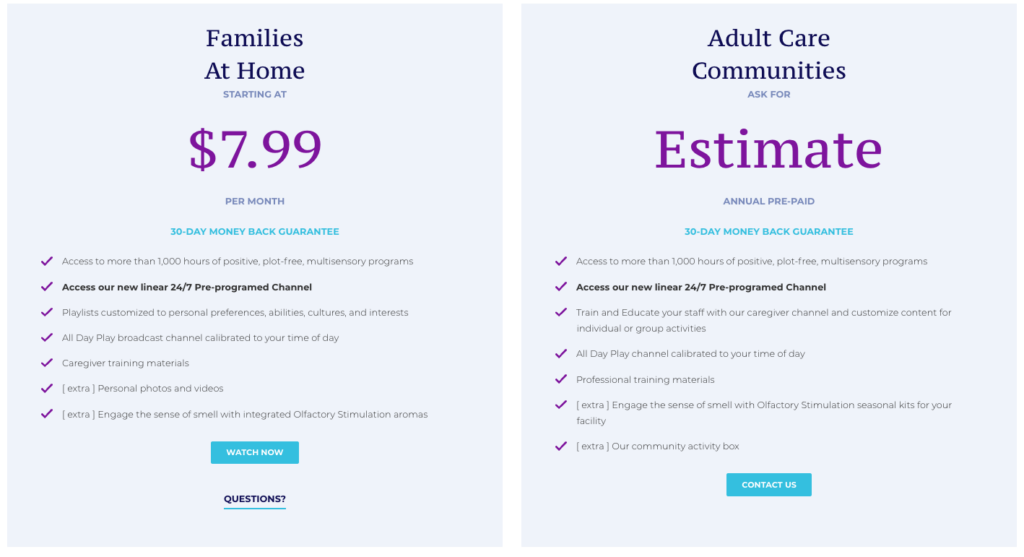
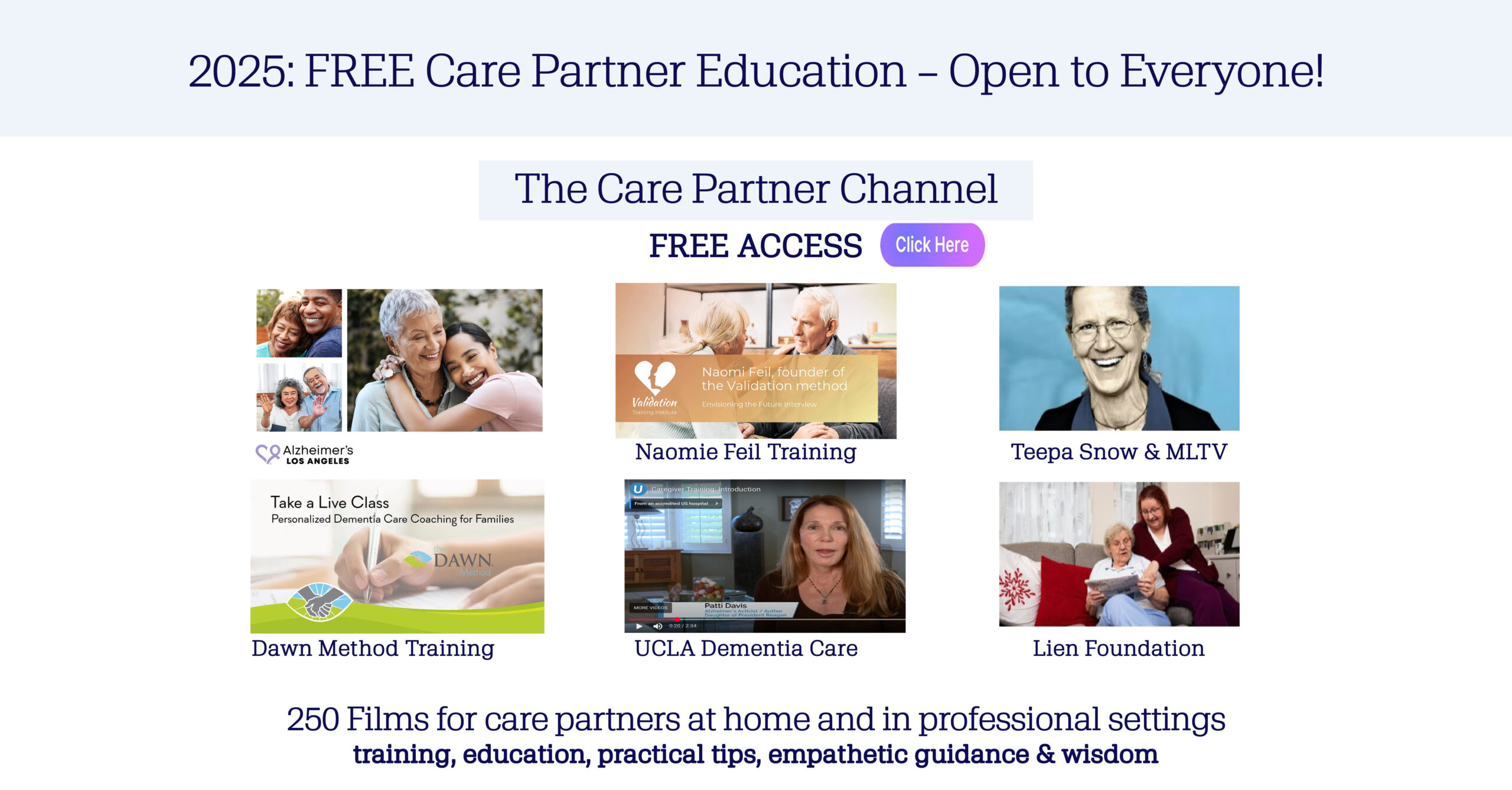
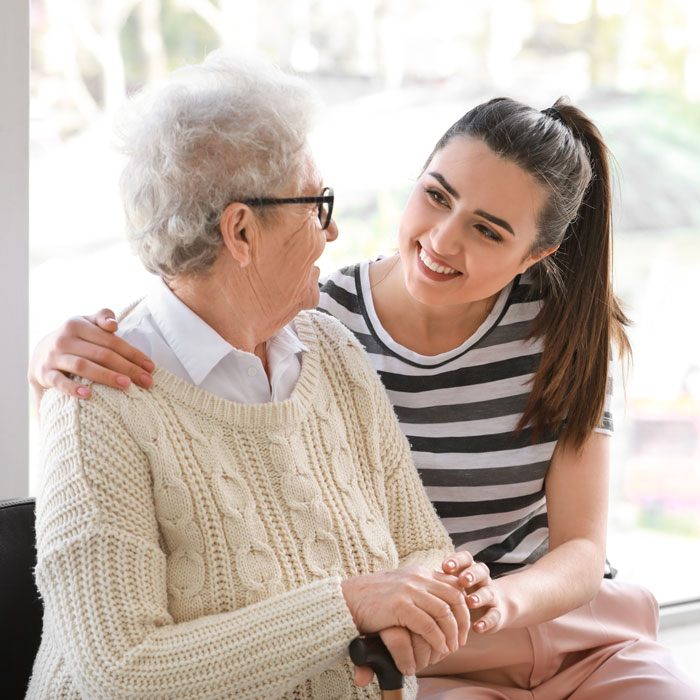
subscribeThe magic of time travel. The power of medical science. Turn on Memory Lane TV and see how positive, plot-free, multisensory stimulation can improve the quality of life of anyone experiencing memory loss.
